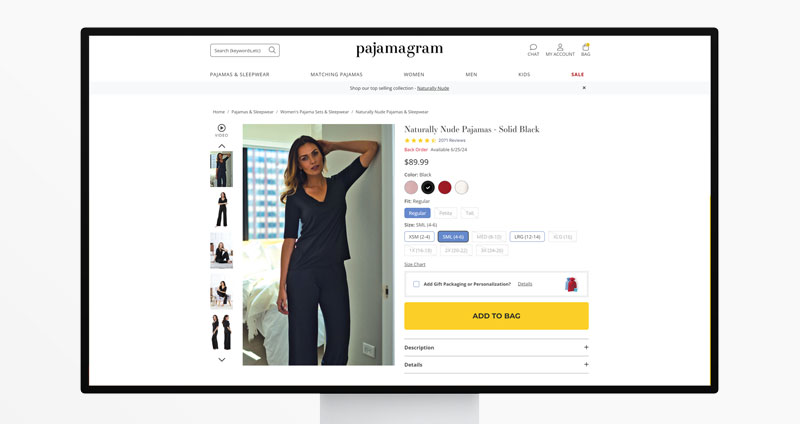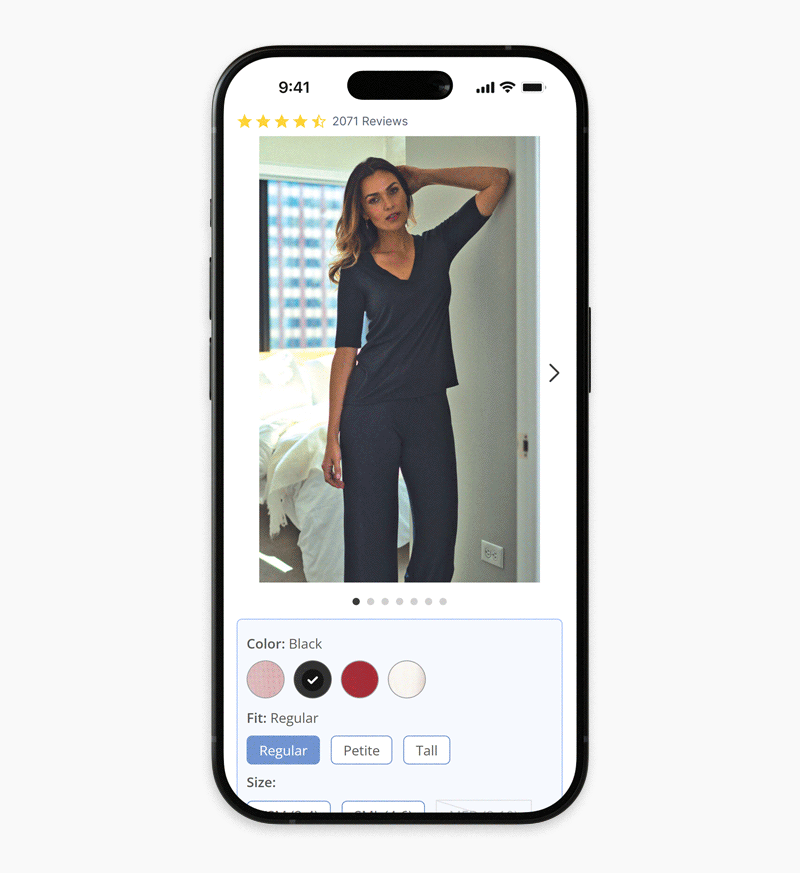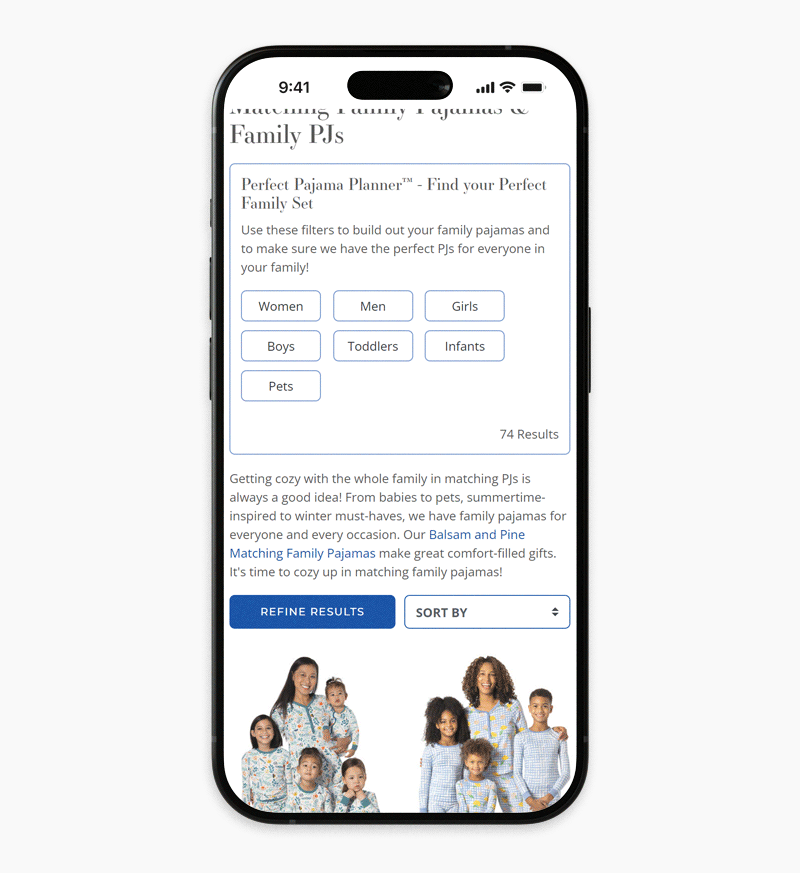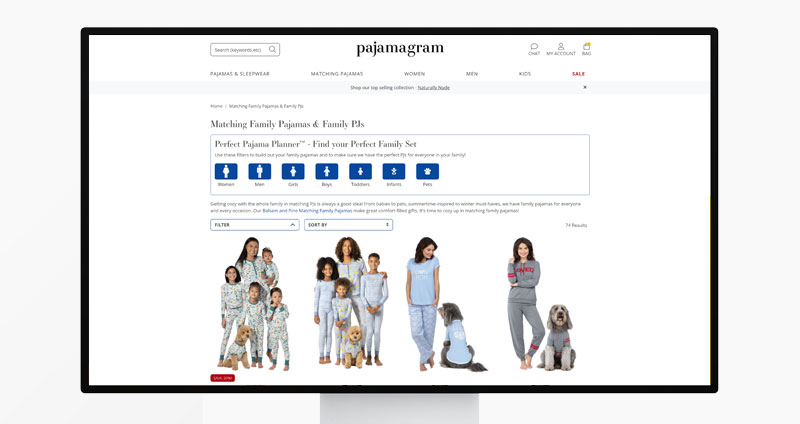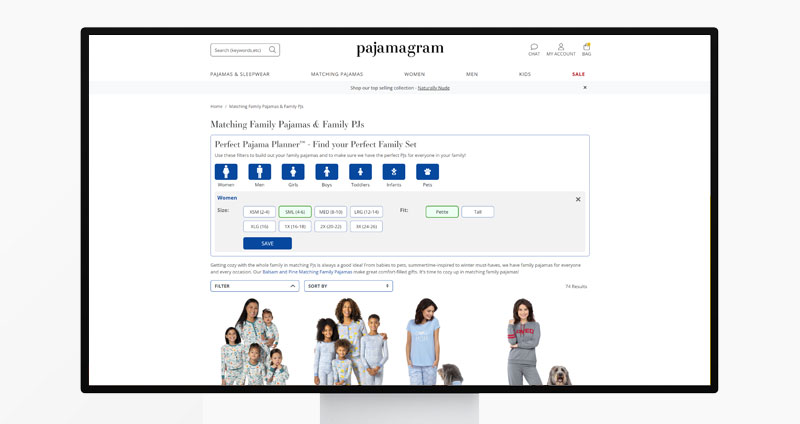Pajamagram Redesign 2020
Migration to Commerce Cloud
The Importance of Balancing Business Needs with User Needs — And What Taking the First Step Toward a Normalized Shopping Experience Looks Like
- Job Title
- Senior Web Designer
- Research
- Prototyping
- User journey mapping
- Competitive analysis
- A/B testing
- Design & Production
- Low fidelity wireframes
- High fidelity prototypes
- UI & UX Design
- Dev documentation



